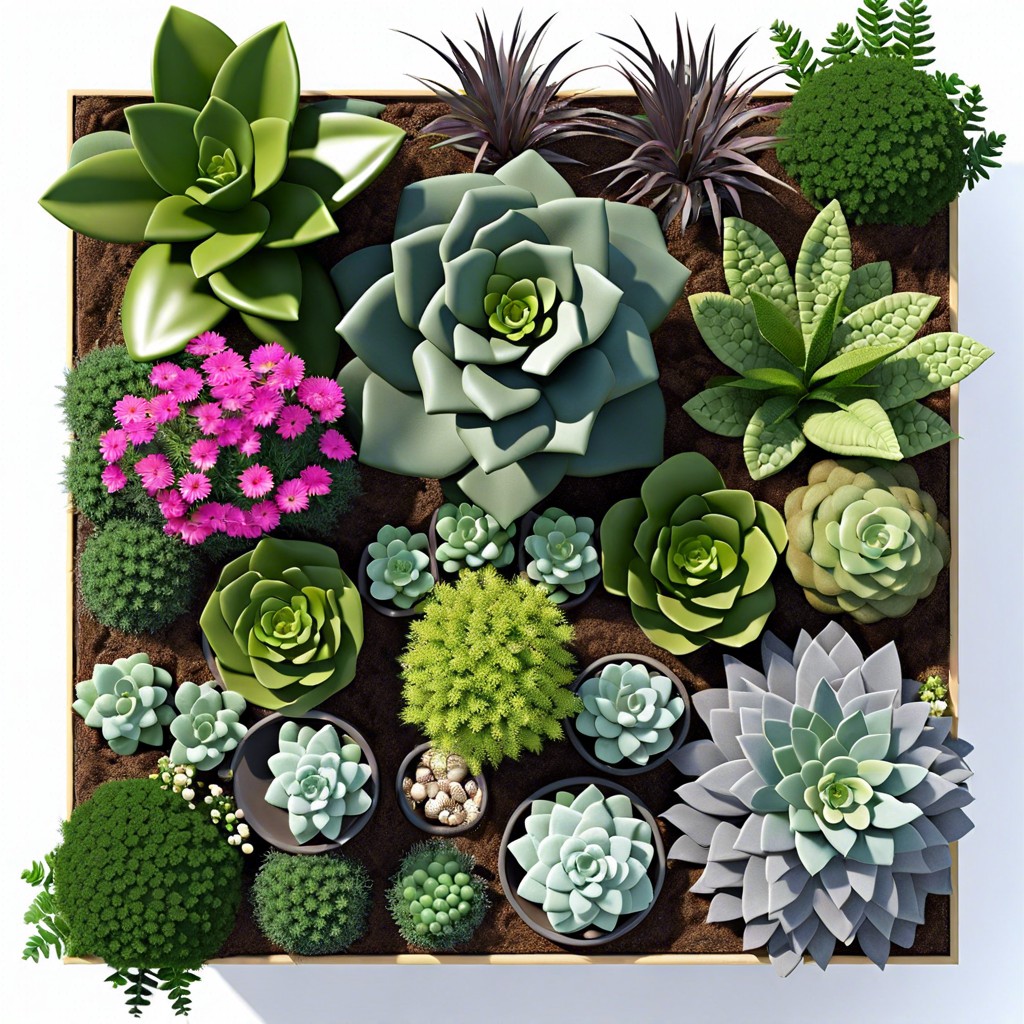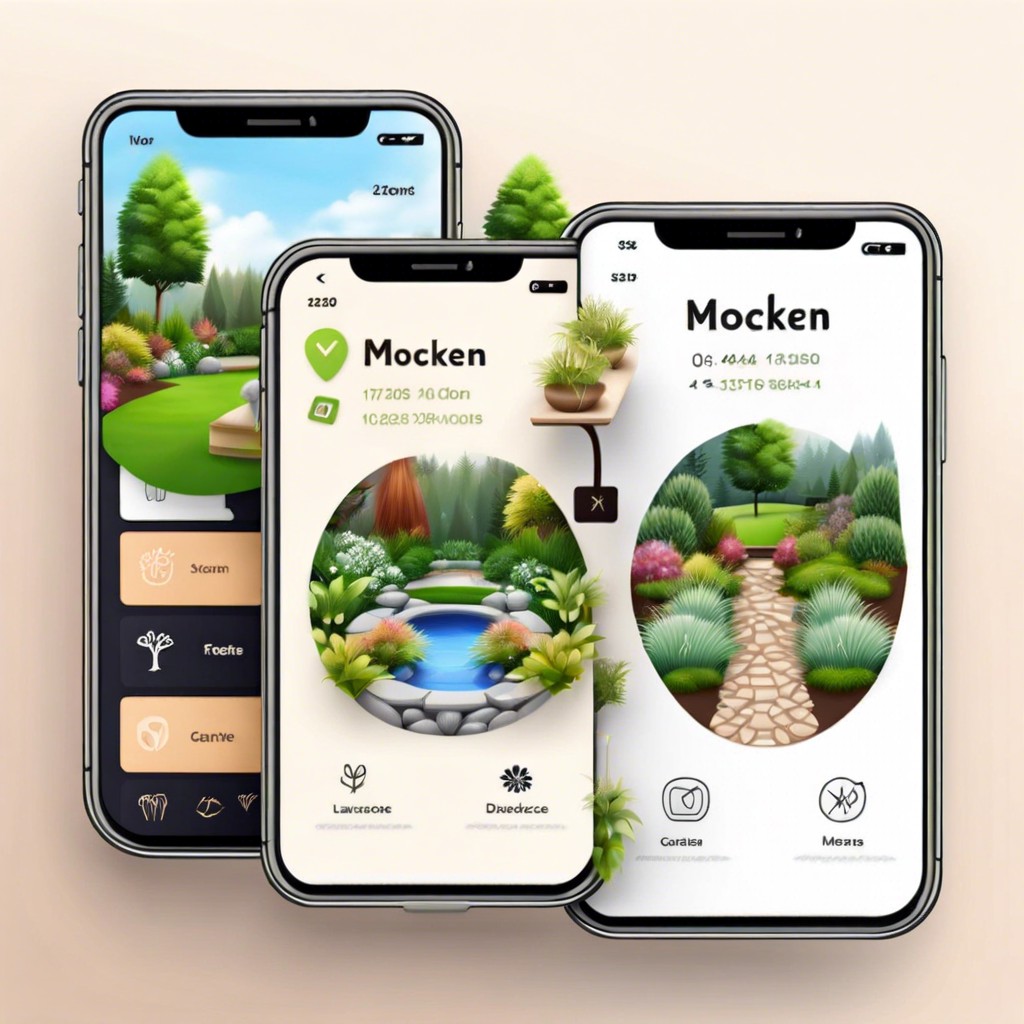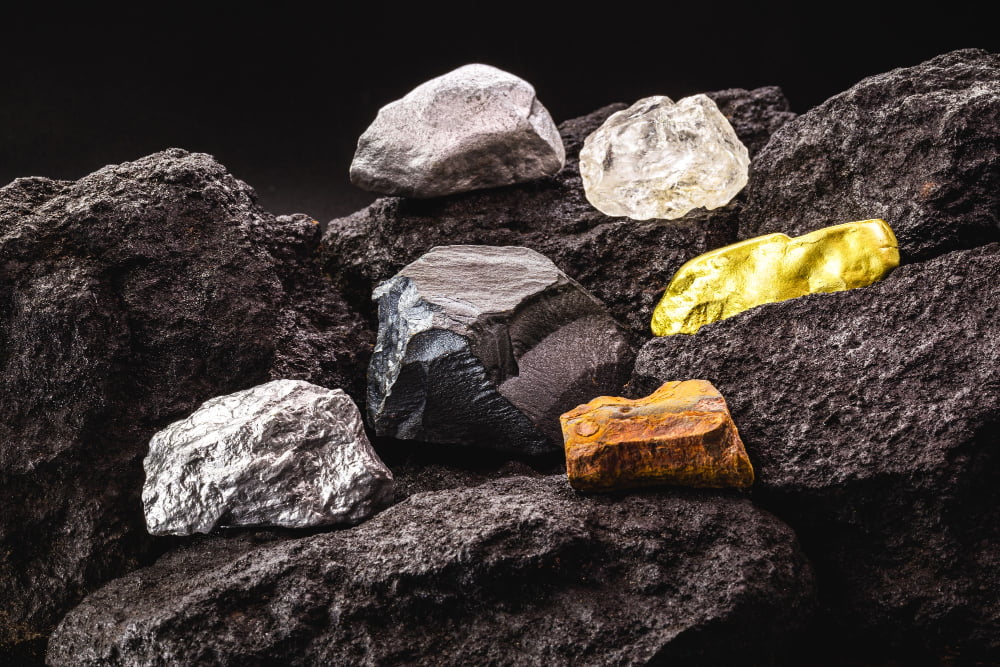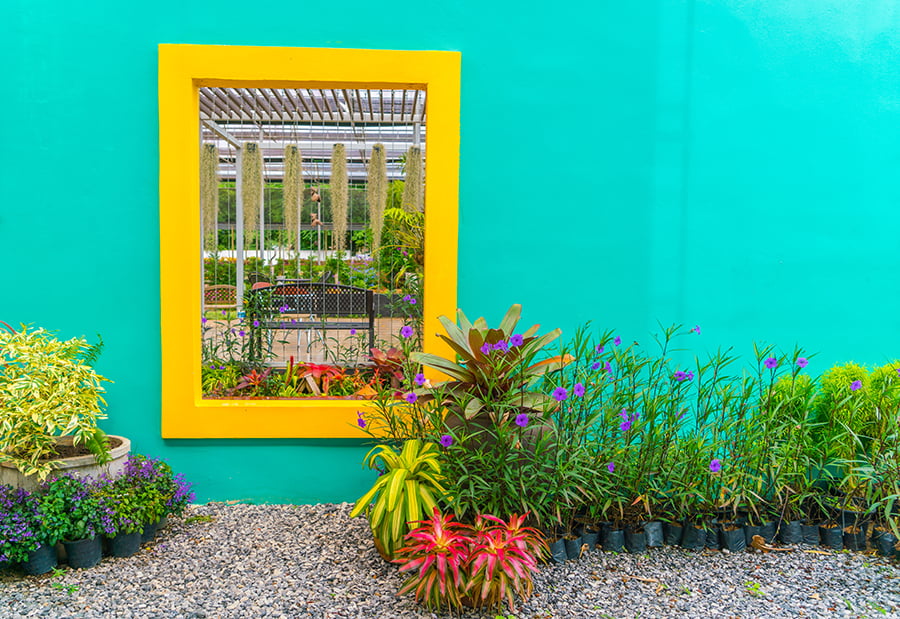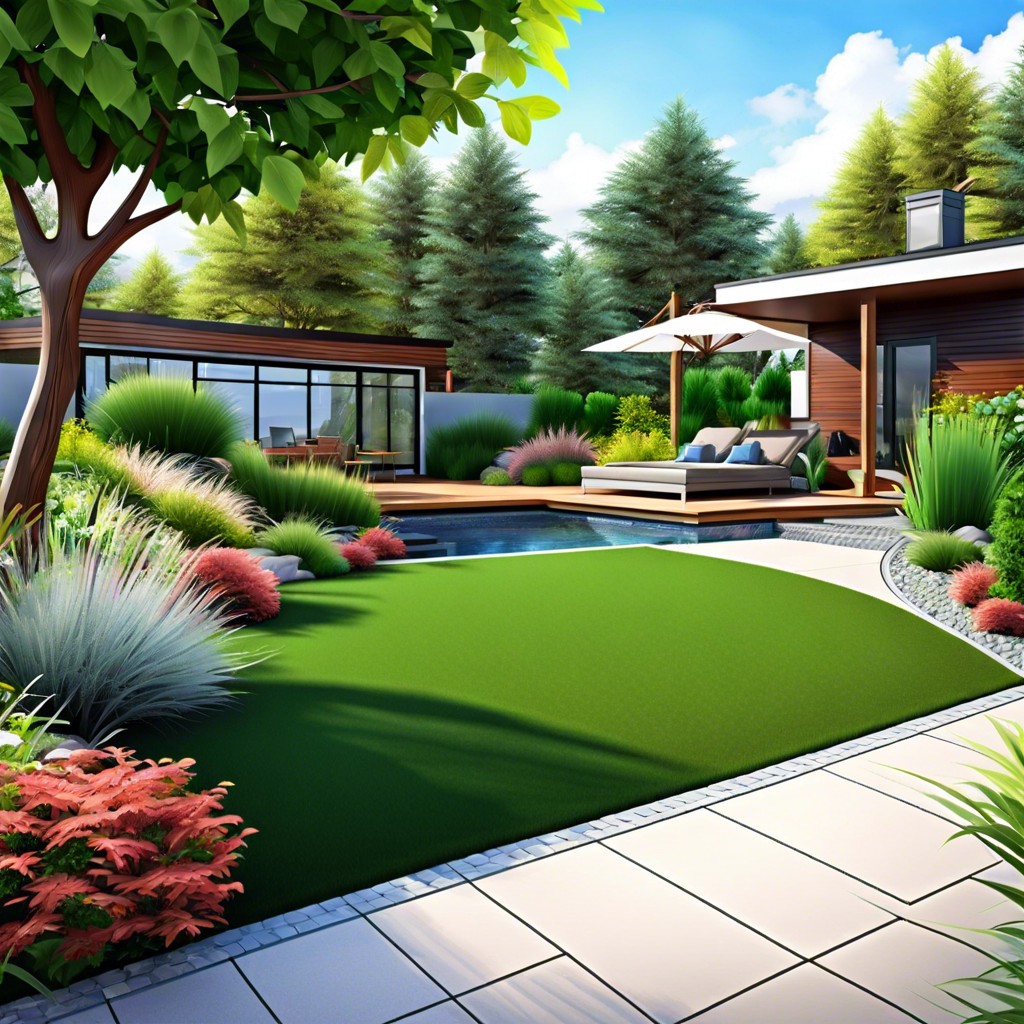In this how-to article, you’ll learn practical steps to design your own landscape, transforming your outdoor space with creativity and personal touch.
Key takeaways:
- Assess your landscape: Consider sunlight, soil, vegetation, and structures.
- Select a focal point: Choose a centerpiece that complements your garden.
- Incorporate sustainable practices: Use native plants, compost, rain barrels, and permeable paving.
- Budget for your design: Consider materials, tools, labor, and ongoing maintenance.
- Utilize design software and apps: Experiment and visualize your ideas digitally.
Assessing Your Landscape
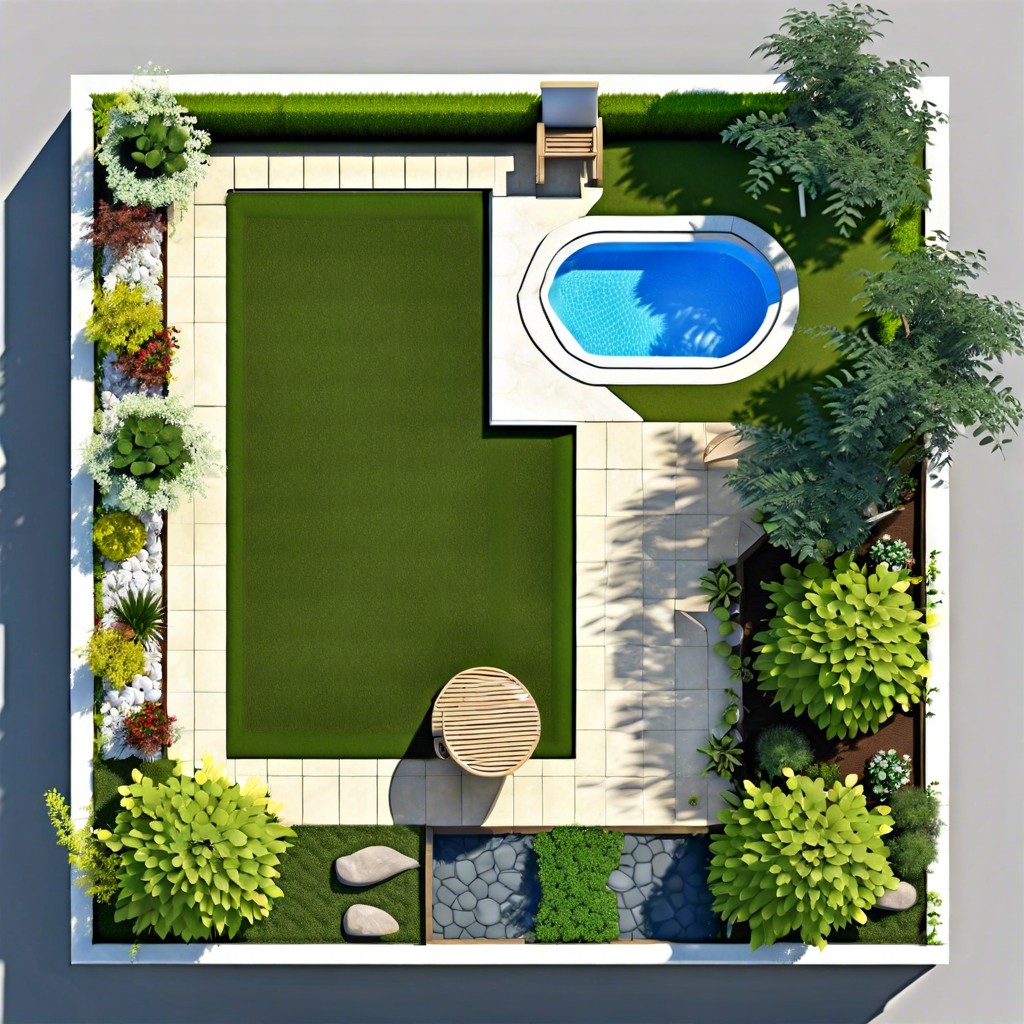
Before diving into landscaping, take time to evaluate your yard’s current state. Begin by observing the patterns of sunlight and shade throughout the day, as this will influence plant choices and placement. Understanding your soil type is crucial as well — whether it’s sandy, clay, or loam — since it affects drainage and nutrient availability.
Notice existing vegetation and structures. Are there mature trees or shrubs you want to keep? How do they integrate with your vision? Also consider topographical features; slopes can suggest the need for retaining walls or terracing, while flat areas might be perfect for patios or lawns.
Mind the practical aspects too — locate your property lines to avoid disputes with neighbors, and be aware of where utility lines run to prevent costly mistakes during digging. By thoroughly assessing these elements, you create a solid foundation to inform your landscape design choices.
Selecting a Focal Point
A well-chosen focal point serves as the heart of your landscape design, drawing the eye and giving your outdoor space a sense of purpose. It could be a striking tree, a sculpture, a water feature, or even a series of shrubs arranged artfully. When making your selection, consider proportion and scale; the focal element should be compatible with the surrounding garden and structures. Also, contemplate the interplay of textures and colors to ensure your chosen centerpiece complements the rest of your landscape. Seasonality plays a role as well; a deciduous tree may be spectacular in fall but could leave a void in winter. For continuity, consider an evergreen or a hardscape feature that maintains interest year-round. Remember, your focal point should embody the overall theme of your garden, whether it’s a serene oasis or a vibrant space for entertaining. Factor in maintenance as well; a high-maintenance fountain might not suit a low-upkeep garden. With these points in mind, your chosen focal point can anchor your space and set the stage for a spectacular garden.
Incorporating Sustainable Practices
When planning your DIY landscape design, integrating eco-friendly methods can have a significant beneficial impact on the environment. Start by choosing native plants which are adapted to your local climate and soil conditions. These require less water, fertilizers, and pesticides, making them low maintenance and more sustainable.
Also, consider the concept of xeriscaping, which emphasizes low-water-use plants and efficient irrigation systems to minimize water usage. By grouping plants with similar water needs together, you can significantly reduce water consumption.
Another vital aspect is composting organic yard waste, like grass clippings and fallen leaves, to create a rich soil amendment, reducing the need for chemical fertilizers. This not only recycles nutrients back into your garden but also cuts down on your carbon footprint.
Utilizing rain barrels to collect and store rainwater for irrigation is another excellent way to conserve water. Plus, these methods can often attract local wildlife, promoting biodiversity.
Incorporating permeable paving solutions for pathways or patios allows rainwater to infiltrate the ground, reducing runoff and preventing erosion. This approach also helps replenish groundwater sources and supports surrounding vegetation.
By applying these sustainable practices, you can create a landscape that not only looks beautiful but also contributes to the health of your local ecosystem and the planet at large.
Budgeting for Your Landscape Design
Taking the time to establish a budget for your landscape design is crucial. It ensures that your project stays within financial boundaries and helps avoid overspending. First off, cost out the materials. This includes everything from plants and mulch to pavers and decorative elements. Remember to price out bulk items, as they are often more economical.
Next, factor in tools and equipment. If you don’t own them, you’ll need to consider the cost of renting or purchasing. It’s worth investigating if borrowing from friends or neighbors is feasible, as this can be a cost-saver.
Account for any professional consultations or labor you may need, even if you’re planning a DIY project. Some tasks might require expertise that warrants hiring a professional, like electrical work or heavy landscaping.
Another important aspect to consider is ongoing maintenance costs. Your new landscape will require upkeep, so calculate the long-term expenses for lawn care, plant healthcare, and other routine landscaping necessities.
Lastly, keep a contingency fund. As with any project, unexpected costs can arise when you’re knee-deep in the dirt, so having a financial cushion can be a project lifesaver. By addressing these financial components from the start, you’ll set the stage for a more successful and stress-free DIY landscape project.
Utilizing Design Software and Apps
Harnessing modern technology can take your DIY landscape design from concept to visual blueprint with ease. Design software and mobile applications offer intuitive platforms to map out your ideas, enabling you to visualize the end result before a single shovel hits the earth.
Key benefits of these digital tools include the ability to experiment with different layouts, plant placements, and color schemes at the click of a button. Consider starting with free versions, which often provide ample features for the amateur designer. Options like SketchUp, iScape, and My Garden Planner are user-friendly choices that guide you through the design process step-by-step.
With these apps, you can import pictures of your actual home and garden, allowing you to design over a real-life backdrop for a more accurate representation. Drag-and-drop functionality simplifies the addition of trees, shrubs, flowers, and hardscape elements. Some even offer growth projection features, giving insight into how your plants will mature over time.
While leveraging these digital aids, remember to take note of practical elements like sunlight patterns and terrain layout, ensuring your virtual oasis is just as feasible in the real world. The combination of technology and your personal touch will pave the way for a beautifully crafted outdoor space that complements your home and lifestyle.
